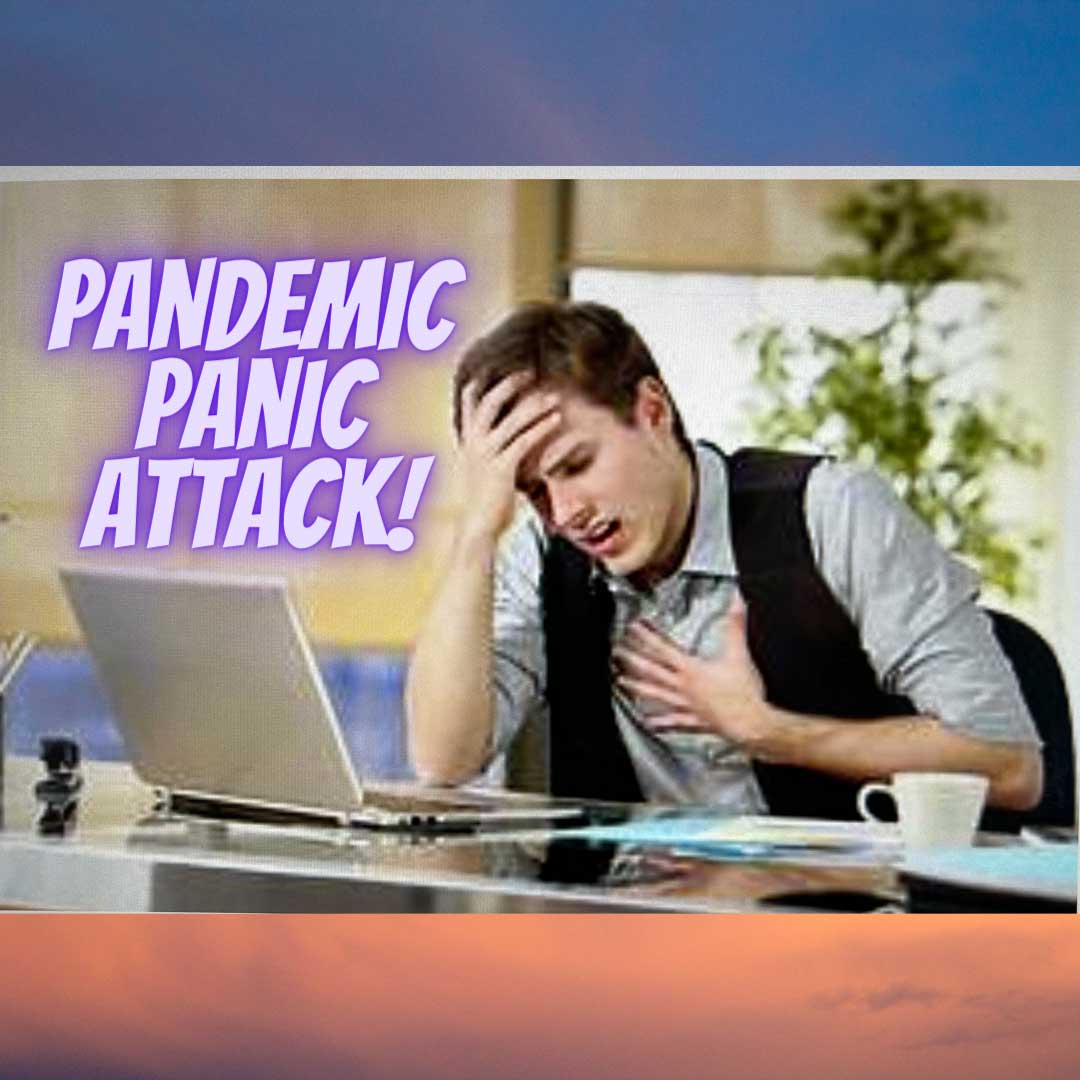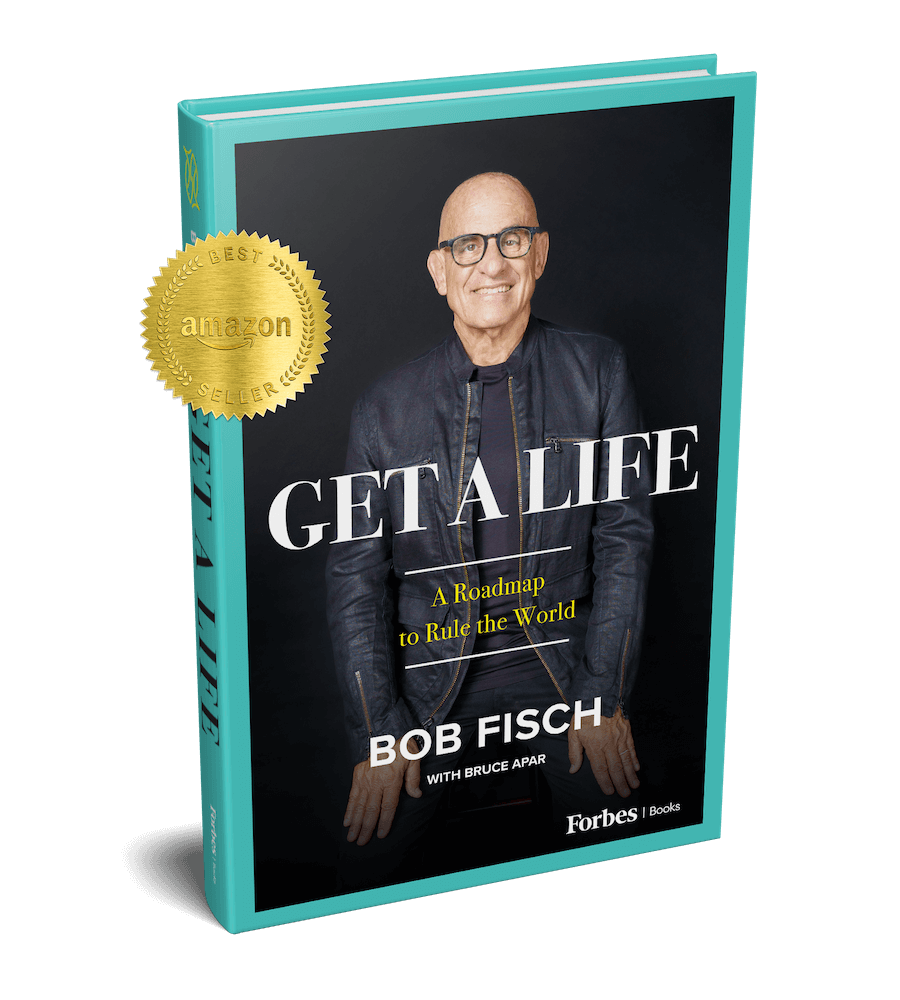Every generation experiences one or more devastating events of historic proportion. It might be a major war or economic collapse or a terror attack on our own land.
But the Covid-19 pandemic is something else altogether: I’ve never seen anything like it. Just about nobody alive has.
Whether or not we know someone who has been lost to it, it is profoundly affecting each of us in a way other calamities have not.
In other cases, it was the storm before the calm. Following the second World War was the Baby Boom, marking an era of abundance, such as the blossoming of suburbia. After 9/11, Americans pulled together in a spirit of national pride and preservation.
The pandemic has had the opposite effect. It literally has pulled us apart — and that’s only made worse by bitterly divisive politics that also separate us.
True, the pandemic itself has been brought under manageable control, thanks to the scientifically proven protection of vaccinations and face masks.
In this season of giving thanks, as much as our routines have been thrown into disarray, we also should be grateful for the bounty of our lives, not least the heroic medical community, whose research and treatment literally has been a huge life saver.
THE STORM AHEAD
But what worries me is the storm ahead as the pandemic calms down. It’s less visible than Covid-19’s physical symptoms. It concerns the state of our wellness. from the neck up. It must be continually treated and monitored well into the foreseeable future. It is called “mental ill-health.”
The ramifications of what the pandemic has done to our state of mind will shadow some people for years, if not the rest of their lives.
There is an alarming new vocabulary for the pandemic-borne conditions we’ve become all too used to hearing, witnessing, and feeling: Anxiety, Depression. Despair. Disruption. Job Insecurity. Social Disconnection. Substance Abuse. High Blood Pressure. Insomnia (aka “Coronasomnia”).
The litany of maladies lingers on and on.
Almost half of all Americans — four out of 10 — are stressed, according to the American Medical Association (AMA). That is an obvious mental health hazard that, the AMA tells us, is the result of pandemic fatigue.
As the National Institutes of Health (NIH) points out, these highly stressful times have created “new stressors” that afflict our entire nation.
SOCIAL STRESSING
One of the stressors arguably is social media. We go there to seek refuge and to connect. Yet, too often the peer pressure and nastiness we encounter make us more unsettled than satisfied. Using social media less often for that reason is a disconnection to be desired.
Social media contributes considerably to our current collective consciousness, which is described by Scientific American as a “jostled emotional equilibrium.” Translated, that means we are off balance.
Is the anxiety epidemic of feeling disconnected any surprise when so many office workers have been hypnotized by the pandemic into thinking it’s normal to work from home (WFH) every day?
How is it normal to expect to do your job at peak effectiveness without feeding off the kinetic energy of warm bodies to ignite a force field of successful outcomes?
How is our creativity stimulated and refreshed by the numbing repetition of endless Zoom meetings?
A nationwide workforce of recluses has given rise to a portfolio of problems being attributed directly to the pandemic. It is especially prevalent among younger wage-earners in the initial phase of their careers.
WFH ANXIETY
There is plenty of research to make us worry about the WFH syndrome. One study, by an insurance company in Omaha named Breeze, found 47% of workers complaining about anxiety.
Two-thirds of those surveyed said WFH has crippled their productivity. Almost half reported panic attacks, and more than half experienced depression. Among those having anxiety, 43% decided it was time to get their butts back in the office. Smart move.
Those numbers simply verify what already should be obvious about the dangerous downsides of WFH.
Yet another form of collateral damage incurred from WFH affects our bodies from the neck down. Digiday points out that the absence of a daily commute is just what the doctor did not order, which is regular physical activity.
In the course of traveling to work and being at work, the simple act of walking is beneficial exercise. Walking from your bed to your home office doesn’t count.
Where do we go from here? For starters, back to the office! Or should I say, “RTO” (return to office), a new acronym that is music to my ears.
LOSING TOUCH
It’s no secret that the younger the worker, the more apt they are to favor WFH over RTO. More than half of Millennials surveyed earlier this year by the Conference Board were skeptical of RTO, compared with one-third of Boomers who felt that way. In a later survey, a larger percentage of Millennials than any other age group were worried about losing touch with their colleagues.
My advocacy of mutual mentoring is more important than ever. Why? Because connectedness has never been more critical for our mental well-being. It’s not only mutual mentoring. It’s also mental mentoring.
No matter what generation you belong to, we need to watch out for each other more than ever. That’s the first order of business.
Some optimism can be found in the knowledge that corporate America is investing more in mental health resources for their workers. Of course, the flip side of that good news is that our health care system will be stretched to capacity and beyond. As it is, the cost of treating mental health issues worldwide already is estimated at $1 trillion!
There are other signs of optimism about managing the mental health crisis created by Covid-19.
LET’S GET HEALTHY
New technology has become more prominent during the pandemic, namely therapy apps and telemedicine, both enabled by smartphones. Bullish venture capitalists have invested more than $2 billion in the growth industry of digital tools for personal health.
Advances like those give people more immediate access to mental health support that is faster and broader. I’m not claiming that they are a replacement for visiting a doctor’s office, but they are an alternative or supplement for a patient with an urgent need for advice or treatment.
All of this can’t help but make me wonder about the prospects for one of my predictions: The advent of a new Roaring ‘20s that reprises the famous party hearty decade of the 20th Century that sparks the imagination and continues to be the stuff of legend.
I absolutely believe that we are poised to ring in another Roaring ‘20s, with the difference that it ends unlike the original version.
We can work together — within generations and across generations — to manage each other’s bouts of personal depression.
By embracing the benefits of intergenerational bonding practices such as mutual mentoring and mental mentoring, let’s make it happen.

